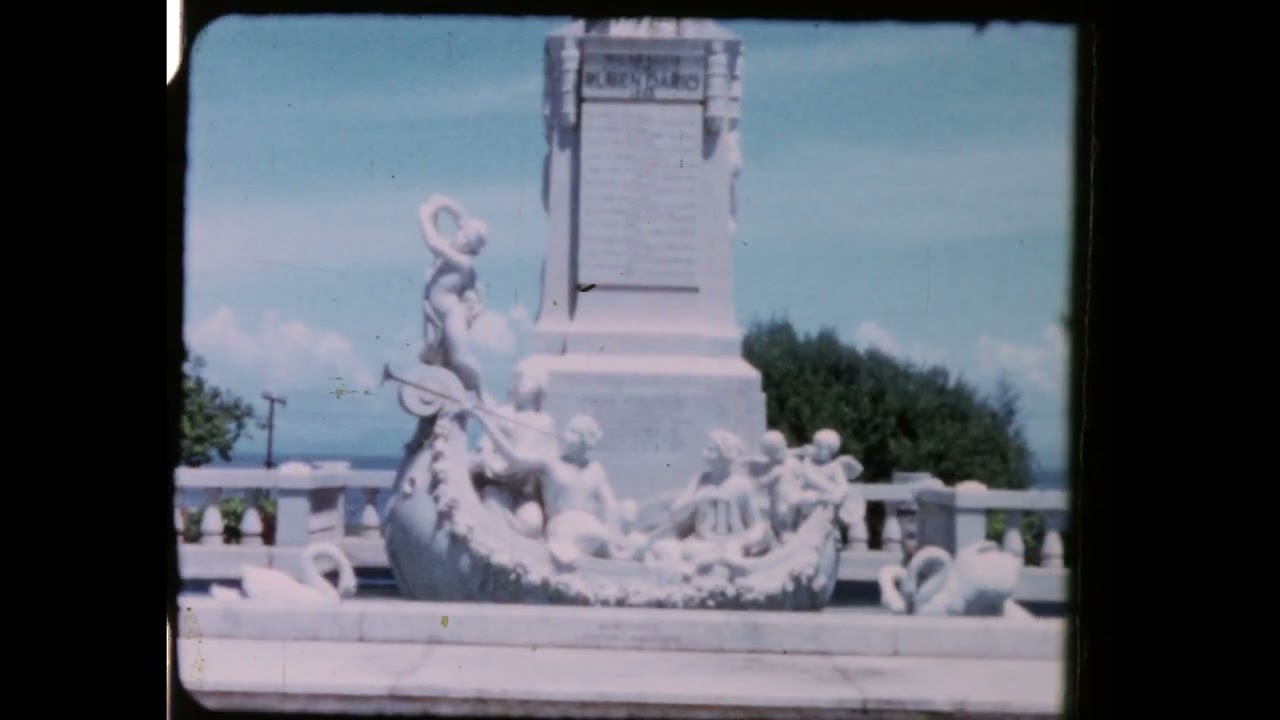Well, I am not so sure. It probably depends on what you are looking for.
Let me explain. The image on the Super-8 film is tiny - as far as I know, the camera frame is specified with 5.690 x 4.220 mm, whereas the slightly smaller projector frame features 5.430 x 4.010 mm as dimensions.
Now, imagine just the perfect optical image cast by the lens of the camera onto such a frame.
The resolution of this optical image will be limited in two ways: for large apertures, various lens defects are ruining the image, for smaller apertures, the image is going to be diffraction-limited. The keyword here is “Airy disk”. Put simply, the best focused spot of light a perfect lens is going to cast onto the film has a diameter of approximately
d [ in micrometer] = f-stop
That means the image of something like a distant star (which would focus within classical optics onto a single point) will end up as a tiny disk (as the wave characteristics of light are taken into account).
Most lenses have their maximal sharpness around f/5.6 to f/8. Assuming such an f-stop for the moment, our image will be composed of tiny disks with a diameter of about 5 microns. That would be around 1140 x 840 disks placed side-by-side on the full camera’s frame dimension, which is slightly less than full HD-resolution.
Remember, that is assuming a perfect lens; certainly most of the zoom-lenses used at the time Super-8 was en vogue were not that perfect.
Next, consider the resolution of the Super-8 material by itself. I have found different data for Kodachrome, with numbers ranging from 53 lines/mm to 100 lines/mm. Taking the best value into account, we end up with only 569 x 422 pixel per camera frame…
So, in case you are interested in the film’s content (which is, the image as seen by the lens), I think, for the reasons elaborated above, that the Super-8 format does not exceed HD resolution or even reach HD resolution in most cases. Certainly not the old Super-8 material I have available for scanning.
However, if you want to capture the intrinsic properties of film grain, you might want to go even beyond 4k, as film grain has very fine, detailed textures.
Film grain, however, is not a structure related to what is filmed, but rather a structure related to the material and chemical processes used to develop it.
While film grain was primarily viewed as a nuisance in the days of Super-8, today it has turned into an aesthetic statement, often even added in post to grain-less digital material.
And of course, higher scan resolutions give you a lot more latitude for post-processing, which is an important advantage. So I do also scan at resolutions that exceed HD.


